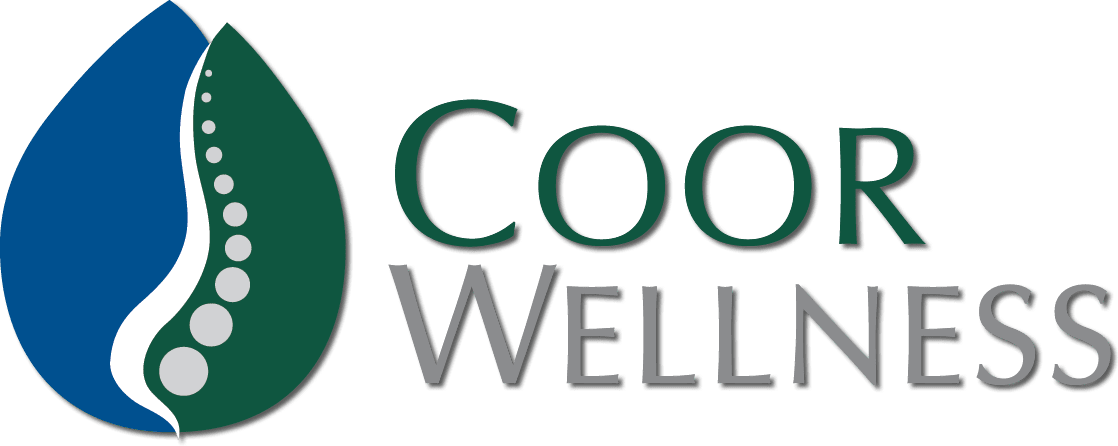For someone trying to eat healthy food, the grocery store can be a scary and confusing place. There are hundreds of products claiming to be healthy options, but are they really, and how can you tell? Reading nutrition labels is time-consuming, and understanding them is difficult. There has to be an easier way to make good choices! Here are a few tips for negotiating the grocery store and a way to think about reading labels simplified.
The safe zone
The safest place to shop for healthy options is the perimeter of the grocery store. This is where you will find things like veggies, fruit, fish, seafood, meat, eggs, milk, yogurt, cheese, and bread. Not every option here is optimal but most of them are minimally processed and closest to their natural form. Imagine yourself 100 years ago and shopping in a modern day grocery store. Most of the things available today would not even be recognizable as food to that 100-year-old version of yourself. This is one of the tests you can use when you are selecting food. Ask yourself, “would my great-grandmother have known what this is?” If the answer is no, then there is a good likelihood that the food is highly processed and contains unhealthy ingredients.
Four ingredients or less
When you venture into the inner aisles of the grocery store you will be faced with all sorts of decisions. It is impracticable to read every single label forever, but as you are learning it can be incredibly eye-opening. Who knew that canned peas can have added sugar? That peanut butter can have added oil, sugar and salt. That some prepared pie dough has Yellow 5 and Red 40? The list is endless and disturbing. You would have to be a chemist to understand what many of the ingredients on our food labels mean. Assuming that you are not a chemist, a good rule of thumb is this. If there are 4 or fewer ingredients on the label and you can read them and know basically what they are, that food may be an OK choice. If there are more than 4, take a closer look.
Why all the chemicals
This is a very complicated topic and I am going to simplify it for the sake of giving you useful guidelines. Food is processed for a couple of main reasons; to provide convenience, and to lengthen shelf life. It is not to improve health. The food industry is designed to make money and it is important to realize that and to remember it.
REAL FOOD ROTS! If it rots, then your body can use it. If you are interested in health then your main focus needs to be on food that will eventually rot. However, it is not always convenient and sometimes it is a downright problem. That is where processed food comes in. The problem is that in order to take a food that would otherwise rot and make it shelf stable you have to alter it. That can be done in many ways, but the end result is the same. Vital plant chemicals are removed, damaged or killed in the process. Some isolated vitamins may be added back in, but if you remove thousands and add back in 10 you do not end up with an “enriched” product.

It is not uncommon to find processed foods with added sugars (there is a minimum of 56 different names for sugars), sodium, Monosodium Glutamate, anti-caking chemicals, deodorizers, artificial colors, artificial flavors, nitrates, nitrites, High fructose corn syrup, Partially hydrogenated oil and many others. Many of these chemicals have been strongly linked to disease including heart disease, cancer and diabetes, obesity, and to chronic inflammation in the body. Many of them are addictive or cause us to overeat. This is by design.
Keep it simple
- If you want to improve your nutrition and health I would encourage you to become an educated consumer of the food you eat.
- Do not fall for hyped up labels spouting all of the health benefits. Instead, check it out for yourself and use common sense.
- Remember that the healthiest foods do not have labels at all, and whenever possible include more of those.
- Cook more meals from scratch using whole ingredients.
- Pick a few ingredients that you will not eat and draw that line in the sand. For example, no high fructose corn syrup, or no added nitrate or nitrites. Slowly add to that list.
- Last but not least, KEEP IT SIMPLE. Simple foods prepared simply is one simple step toward better nutrition.
About COOR Wellness
COOR Wellness is located in beautiful Grand Junction Colorado. They are Western Colorado’s premier wellness center, helping people feel and move better.
- Chiropractic care
- Massage therapy
- Health Coaching
- Nutrition Coaching
- Weight Loss
- Low Level Laser Therapy
If you’re interested in scheduling please call 970-712-6059 or book an appointment online

